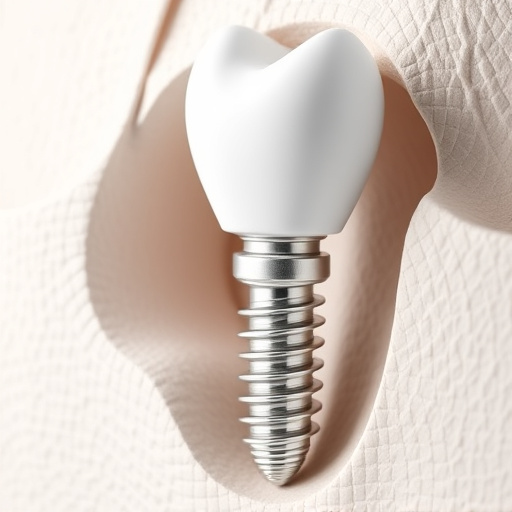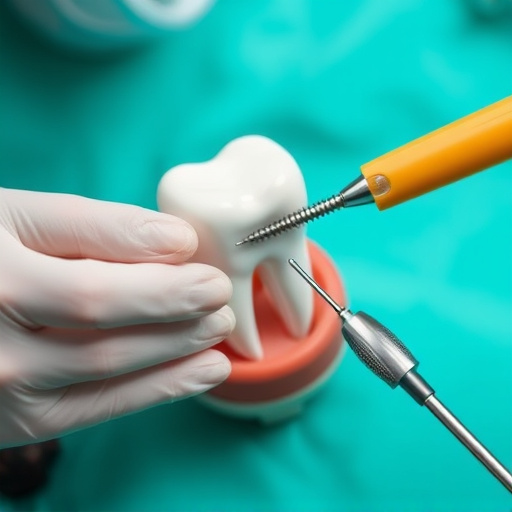Dental anxiety, driven by past traumas or general life stress, causes physical and cognitive distress in dental settings. CBT, a structured therapy, challenges negative thoughts, teaches relaxation techniques, and helps individuals gradually face their fears, making it an effective dental anxiety treatment for diverse patients from all demographics.
Dental anxiety is a common issue, affecting many individuals’ quality of life. This article explores Cognitive Behavioral Therapy (CBT) as an effective approach to treating dental anxiety. We delve into the causes and symptoms, offering a comprehensive understanding of this fear. Subsequently, we present a step-by-step CBT guide and highlight its numerous benefits through real-life success stories. Discover how CBT empowers individuals to overcome their dental phobias and reclaim control over their oral health.
- Understanding Dental Anxiety: Causes and Symptoms
- Cognitive Behavioral Therapy: A Step-by-Step Approach
- Benefits and Success Stories: CBT in Action
Understanding Dental Anxiety: Causes and Symptoms
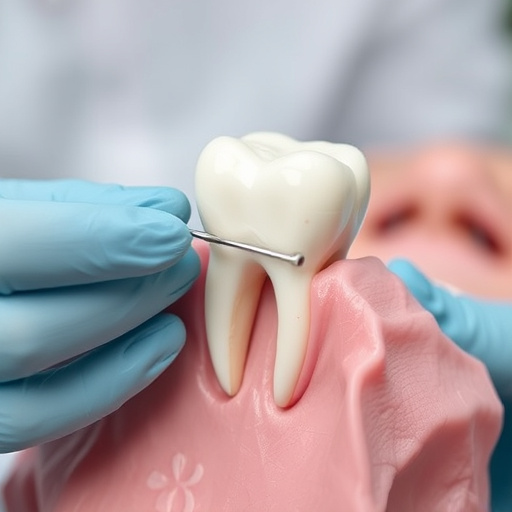
Dental anxiety is a common phobia characterized by an intense fear or distress associated with dental procedures and environments. It can significantly impact an individual’s oral health-related behaviors, leading to avoidance of dental care, which often exacerbates existing conditions or prevents early detection of new issues. Understanding the causes and symptoms of dental anxiety is crucial in developing effective treatment strategies.
Various factors contribute to the development of this condition. Past traumatic experiences during dental treatments, such as a painful procedure or negative associations with the dental chair, can trigger anxiety. Additionally, high levels of stress, anxiety disorders, or phobias in other areas of life may extend to dental settings. The symptoms manifest as physical reactions, such as increased heart rate, sweating, and trembling, as well as cognitive aspects like irrational thoughts, worry, and avoidance behaviors. Recognizing these signs is essential for general dentistry practitioners to offer appropriate support, ultimately enabling patients to overcome their fears and access necessary dental care, including procedures like dental fillings or tooth repair.
Cognitive Behavioral Therapy: A Step-by-Step Approach
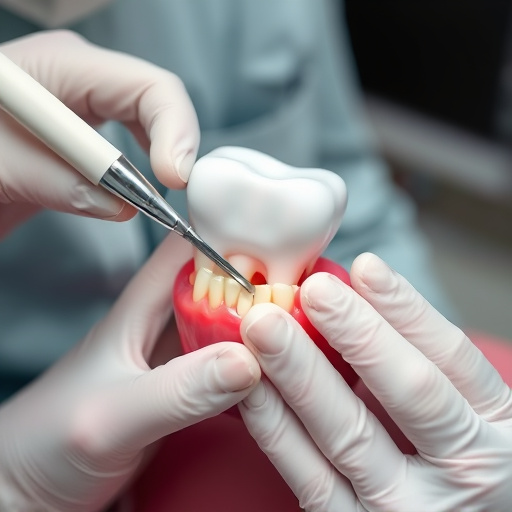
Cognitive Behavioral Therapy (CBT) offers a structured approach to tackling dental anxiety, breaking down complex emotions into manageable components. The process begins by identifying and challenging negative thoughts and beliefs associated with dental procedures. For instance, a patient might believe that “any dental work will be painful,” or “the dentist will judge me for my poor oral hygiene.” CBT helps patients recognize these thought patterns and replace them with more realistic and positive affirmations. This re-framing is crucial in reducing anxiety and fear.
As the therapy progresses, patients learn relaxation techniques and coping strategies to manage their responses during dental visits. This may include deep breathing exercises, visualization, or progressive muscle relaxation. The goal is to create a sense of calm and control during routine oral exams, wisdom tooth removal, or cosmetic dentistry procedures, ensuring a more comfortable experience for the patient. Through CBT, individuals can gradually face their fears and develop positive associations with dental care.
Benefits and Success Stories: CBT in Action
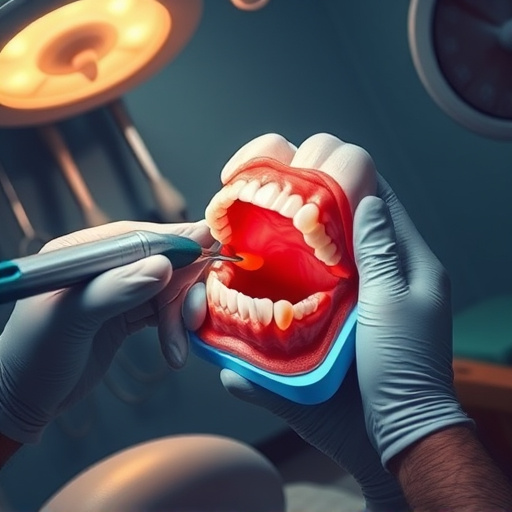
Cognitive Behavioral Therapy (CBT) has emerged as a highly effective approach to tackling dental anxiety, offering individuals a path to overcoming their fears and fostering healthier oral health habits. This therapeutic technique focuses on identifying and modifying negative thought patterns and behaviors associated with dental procedures. By reshaping these thoughts, CBT empowers patients to manage their anxiety, enabling them to face dental treatments with increased confidence and comfort.
Numerous success stories highlight the potency of CBT in dental anxiety treatment. For instance, many adults who once avoided routine check-ups due to intense fear have learned to cope through CBT, allowing them to access essential oral care services. Even in children’s dentistry, CBT has proven successful in helping young patients overcome their fears of the dentist chair, making it easier for them to receive necessary treatments like cosmetic fillings or even dental implants. These success stories underscore CBT’s versatility and effectiveness across various dental anxiety scenarios.
Cognitive Behavioral Therapy (CBT) emerges as a powerful tool in the arsenal for managing dental anxiety, offering a structured approach that empowers individuals to overcome their fears. By addressing negative thought patterns and providing practical coping strategies, CBT enables patients to face dental procedures with reduced stress and improved well-being. This evidence-based method has proven successful across various studies, making it a preferred choice for those seeking effective dental anxiety treatment.












